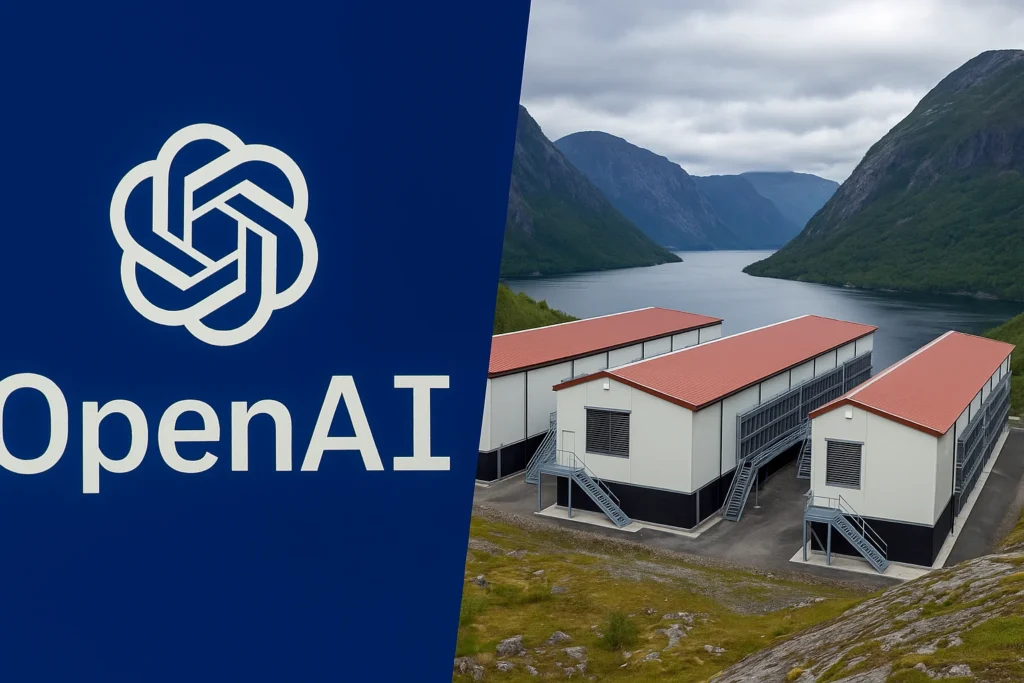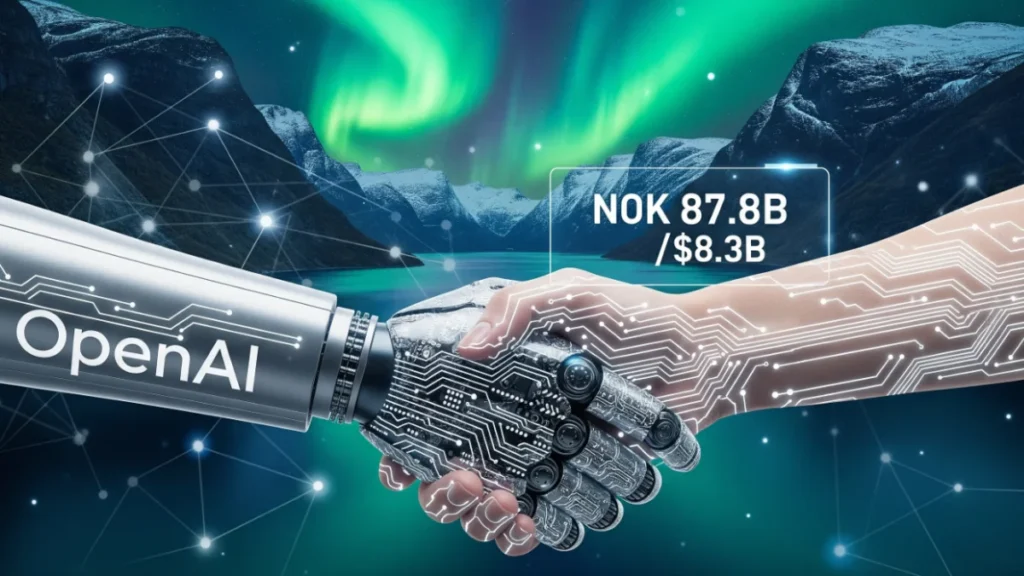In a whirlwind August 2 update, OpenAI stunned investors with an $8.3 billion funding round, accelerated its Scandinavian super-data center plans, and hinted at GPT-5’s rocky but promising path. Here’s your inside track on what this means for the future of AI—and why you should care right now.
Key Takeaways
- $8.3 B raise at a $300 B valuation: Beats its own timetable, fueling expanded R&D.
- Stargate AI DC in Norway: Partnering with Nscale & Aker to house 100K NVIDIA GPUs by 2026.
- Operator Agent launch synergies: Revenue engines lining up to absorb fresh capital.
- GPT-5’s “Silicon Valley epic”: Early volatility hints at tougher AI frontiers.
OpenAI’s latest funding milestone didn’t just make headlines—it shattered expectations. Originally slated for later in the year, the company closed an $8.3 billion round this week, catapulting its valuation to a staggering $300 billion. In the fast-paced world of AI, “ahead of schedule” often translates to “one giant leap for innovation.” Investors clearly believe OpenAI can turn this cash infusion into breakthroughs that extend far beyond text-generation demos.
OpenAI is building the Stargate AI data center in Norway with Nscale and Aker, set to become one of Europe’s largest, targeting 100,000 NVIDIA GPUs by 2026.
— The Wisdom (@TheWisdomNow) August 2, 2025
📸:media & internet
Follow Now @thewisdomnow #Tech #nvidia #openai #newsupdate #thewisdomnow #technology pic.twitter.com/owTqdaygKb
But capital alone isn’t enough. To chew through mountains of data and train ever-more sophisticated models, you need hardware on steroids. Enter Stargate, OpenAI’s hyperscale data center in Norway, built in collaboration with local powerhouses Nscale and Aker. With ambitions to deploy 100,000 NVIDIA GPUs by 2026, Stargate aims to become one of Europe’s largest AI hubs. The cool Norwegian climate and renewable energy footprint make it a natural choice—both for operational efficiency and environmental responsibility.

On the product front, the synchronized launch of the Operator Agent has momentum that dovetails neatly with the fresh funding. This autonomous assistant framework—designed to orchestrate complex workflows—promises new revenue streams and real-world use cases, from enterprise task automation to developer-centric integrations. As one industry observer quipped, “Codec coded,” highlighting how critical software layers are being rapidly assembled to soak up this new capital.
Off course, the AI journey isn’t all upward trajectories. Behind the scenes, the road to GPT-5 has reportedly looked like a Silicon Valley soap opera: sky-high anticipation, followed by performance dips, and now a cautious but determined rebound. Early Orion experiments revealed scaling challenges that forced the team to recalibrate expectations and engineering trade-offs. Yet, adversity breeds innovation—OpenAI’s engineers appear to have retooled architectures and fine-tuned training regimens to keep the GPT roadmap on track.
So, why does all of this matter to you, the reader? First, AI is weaving deeper into everyday tools—think smarter search, more intuitive coding assistants, and even creative partners for writers and artists. When OpenAI fast-tracks funding and infrastructure, we’re likely to see new features roll out sooner, potentially reshaping workflows and competitive dynamics across industries. Second, the Stargate project signals a geographic diversification of AI power: Europe, with its emphasis on sustainability and data sovereignty, is staking its claim in the global AI race. Finally, GPT-5’s saga underscores a universal truth: technological leaps often follow messy growing pains. Watching how OpenAI navigates these bumps offers a real-time case study in high-stakes innovation management.
